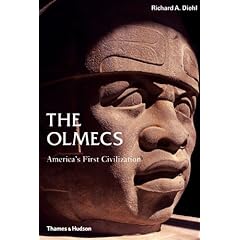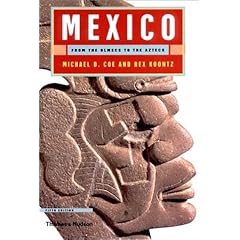 It did not work.
It did not work.Desperate citizen volunteers hauled and piled sandbags

as a last stand defense against the oncoming waters of the Grijalva River. Tragically, the gritty defenses against the flood waters came to naught as the waters
 from the broken levee rushed through the streets of Villahermosa. One of Mexico's largest oil production urban areas made 500,000 people homeless overnight. Devastation is massive and the costs mount as the floodwaters continue to rise.
from the broken levee rushed through the streets of Villahermosa. One of Mexico's largest oil production urban areas made 500,000 people homeless overnight. Devastation is massive and the costs mount as the floodwaters continue to rise.Waterborne diseases and other outbreaks are a great fear to the Mexican government. The Tabascan governor says one million people are displaced or affected by the severe flooding. The local economy is in shambles and 300,000 are still desperately awaiting a rescue. Once rescued, its a logistical nightmare as every place is full.
The rescues in the swift water were heartstopping survival mini-dramas playing out all over the city. Mexican authorities evacuated the city in anticipation of dire circumstances as the breached levee made it impossible to defend with the last ditch sandbagging operation.Health officials warned that there could be epidemics of cholera, although none were yet reported.
Tabasco state floods every year around this time, and many poor, low-lying neighborhoods have grown accustomed to spending half a year with the first floor
of their home under water. But this year's flooding has taken even flood-weary residents by surprise, inundating the state capital of Villahermosa and leaving the city's famous Olmec statues with water up to their enormous stone chins.
"The situation is extraordinarily grave: This is one of the worst natural disasters in the history of the country," President Felipe Calderon said in a televised address Thursday night.
"Nobody can stand around with his arms crossed," Calderon said. "We can't and won't abandon our brothers and sisters in Tabasco."
Mexico's ancient artefact's in the area were not spared. The amazing Olmec's carved stone heads were partially submerged in the brown fast moving waters. Some of those stone monoliths reach a height of 9 feet. Excavating through the mud will find many treasures lost to the ravaging flood waters. So far, one death occurred in the flooding disaster.
Across the world, Vietnam, counts dozens among the dead in their own horrific flood as a result of a Typhoon.
 Artefacts and culture are written about in this intriguing somewhat detailed book, The Olmecs: America's First Civilization by Richard A. Diehl. The exceptional study of Mesoamerican
Artefacts and culture are written about in this intriguing somewhat detailed book, The Olmecs: America's First Civilization by Richard A. Diehl. The exceptional study of Mesoamerican  culture continues in Mexico: From the Olmecs to the Aztecs by Michael D. Coe and Rex Koontz.
culture continues in Mexico: From the Olmecs to the Aztecs by Michael D. Coe and Rex Koontz.











No comments:
Post a Comment